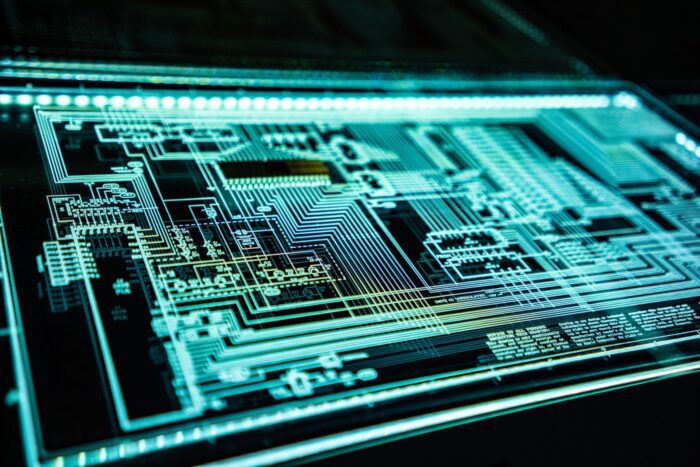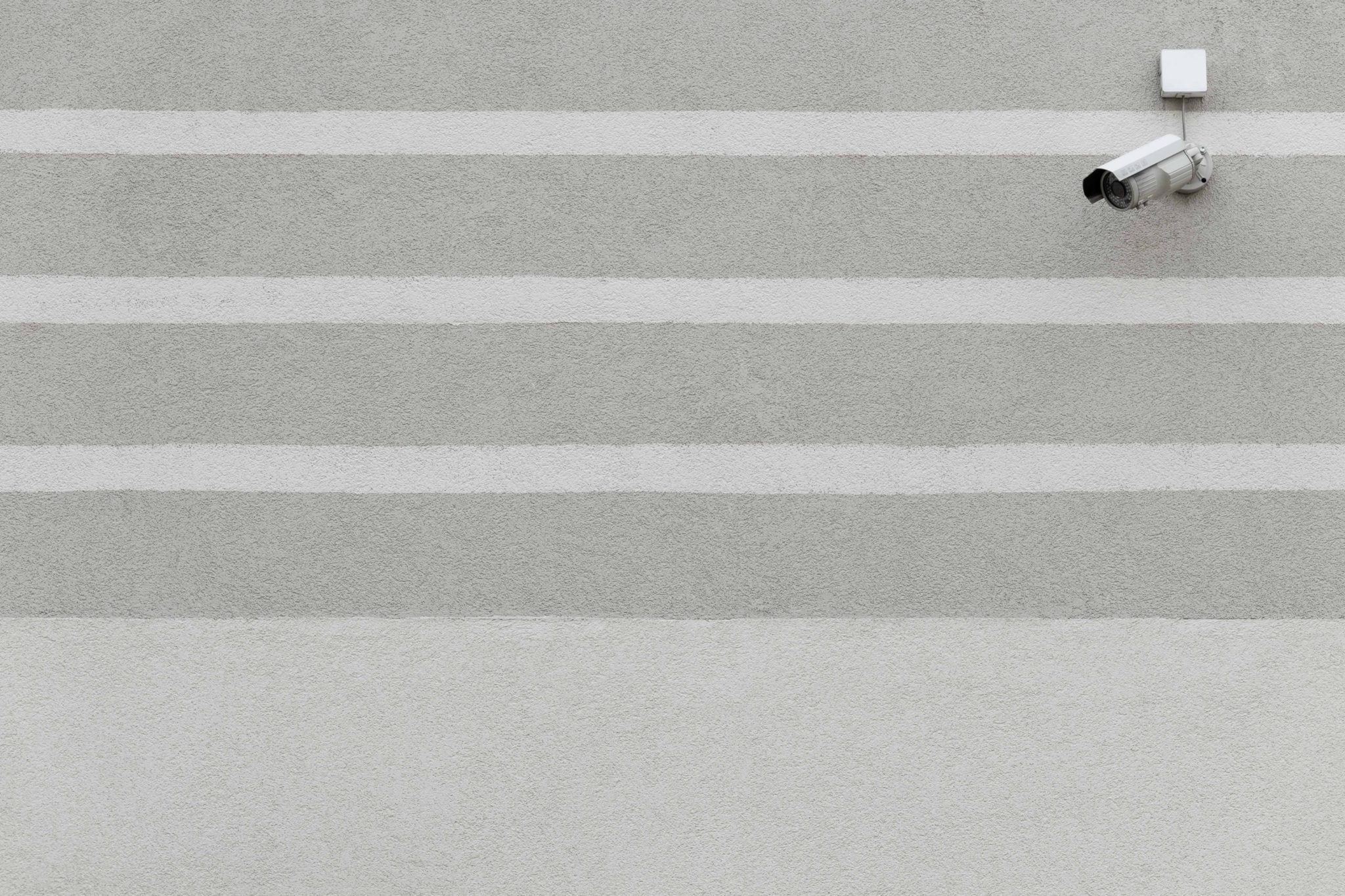
Tech solutionism and the age of surveillance: what it means for real estate
Posted:
12 / 2 / 2021
Tagged:

Termed “the great accelerator” of digital transformation, COVID-19 meant that technological solutions were placed front and centre of many crisis response strategies.
So-called “tech solutionism” has gathered steam during (and post) pandemic – namely using technology as a means to mitigate the fallout of the virus via contact tracing, information sharing and enabling society to function in a semblance of normality.
Digital health tools are being deployed by governments and property owners as a key strategic initiative for pandemic management. Yet efforts to contain the spread of the pandemic using digital applications raise concerns about individual liberties, including the right to privacy.
Striking the balance between public health and personal privacy has been the challenge for landlords and governments responsible for public health and safety. What’s clear is that any tech-lead solution cannot stray too far from the people it’s intended to benefit. Public health requires trust in robust data protection procedures, and failure to gain this trust may erode the effectiveness of digital monitoring – a challenge that brings forth some very interesting topics for debate.
As with any solution designed to benefit the public, public trust in the decision makers’ ability to create tech-centred policy is key. To gain public trust, it’s vital that public concerns like privacy are not compromised because, during a global health emergency, a whole-of-society approach is vital to the success of any public health initiative.
What does tech solutionism look like?
At a national level, digital solutions can help identify, de-escalate and mitigate outbreaks. At a building level, they can help manage a healthy office and a whole host of health-centric technologies can be deployed.
Here are some of the various digital solutions that can be deployed to both monitor and control COVID-19 resilience at a national and building level:
Proximity and Contact Tracing, (Government Initiative):
Citizens install proximity and contact tracing apps to allow government agencies to monitor location data to track and trace citizens and act accordingly with new outbreaks.
For example, the National Health Service in the UK leveraged a Proximity and Contact Tracing app created by a partnership between Apple and Google.
Symptom Monitoring 1, (Government Initiative):
Many apps use self reporting techniques to monitor citizens and respond accordingly.
To illustrate: China’s Health Check app (provided through apps like WeChat) uses self-reported symptom data to regulate citizens’ free movement.
Quarantine Enforcement, (Government Initiative):
Quarantine zones are enforced through the use of location data via citizens’ personal devices, whereby incidents are flagged and addressed if citizens leave a quarantine zone.
In Taiwan, a digital quarantine system uses location data to create an ‘Electronic Fence System’ to enforce traveller quarantine.
Spatial Analytics, (Property Owner Initiative):
Video analytics, and sensor-based location tracking solutions provide location-based data with various degrees of intrusion.
Granular location data can help monitor adherence to social distancing and more accurate violation reporting. For example, In response to COVID-19, owner of a Jefferson Bodega store, used density data to monitor the real-time occupancy of the store and keep customers safe.
Access control, (Property Owner Initiative):
Data pertaining to people’s unique physical and behavioral characteristics, known as biometric data, can also be used to control access rights to building entrances and building systems.
Just as passport control in airports now uses facial recognition technology to allow travellers through the gates, F3G recently used facial recognition cameras as a non-contact access control tool whilst constructing their new office in the Canary Wharf area. This both maintained the security of the site, and monitored staff behaviour.
Symptom monitoring 2, (Property Owner Initiative):
Thermal imaging or infrared sensors can provide various abilities to monitor systems.
For example, Amazon warehouses have been using thermal imaging cameras to compare body temperatures with external temperatures, with specific variants indicating possible cases.
At a national level, digital solutions can help identify, de-escalate and mitigate outbreaks. At a building level, they can help manage a healthy office and a whole host of health-centric technologies can be deployed.
Here are some of the various digital solutions that can be deployed to both monitor and control COVID-19 resilience at a national and building level:

The civil liberty challenge
Digital solutions in response to the COVID-19 crisis have been made possible through advances in wireless technology, mobile and the Internet-of-Things during the last two decades.
Digital solutions deployed in the fight against COVID-19 must be designed with the appropriate checks and balances, to ensure they uphold individual civil liberties and protect the health of the community. In other words, whilst the benefits associated with digital solutions are compelling, we must strike a balance between individual liberty and building a more resilient community.
Unintended consequences must be considered and designed out of solutions, and governments and property owners can limit the risk of such outcomes through several strategies. For example, inside a building, this could be deploying Bluetooth beaconing instead of video analytics for monitoring social distancing. Bluetooth beacons are far less powerful than video analytics, yet provide similar functionality whilst preserving occupants’ autonomy.
Processes should be in place for the periodic review and deletion of data that is no longer needed. A good framework for designing best-practice digital solutions is GDPR and the principle of data minimisation: collecting the minimal amount of data possible to carry out the specific function and processes should be in place for the periodic review and deletion of data that is no longer needed.
What’s clear is that there is an outstanding need for guidelines and governance in relation to data collection and management (going beyond that of GDPR) to ensure the health and safety of the public whilst respecting the individuals’ right to data sovereignty and ownership.
Concluding thoughts:
Civil liberties, including digital privacy, cyber security and public safety are inextricably intertwined.
Any digital architecture needs to be secure to cement digital privacy, meaning that software like public health apps must be designed in a way that does not allow backdoor entry by entities looking to access data.
Despite the urgency to protect the health of the public through the deployment of digital solutions, if we’re to protect our digital wellbeing, solution finders must be diligent in ensuring that strong security measures, like encryption, are designed and built in from the foundation.
Success in a post-COVID world will be defined by the safe and secure deployment of digital public health technologies. The safe and secure deployment of solutions hinges upon the effective management of digital privacy to ensure that the digital privacy and security of the public is not compromised.